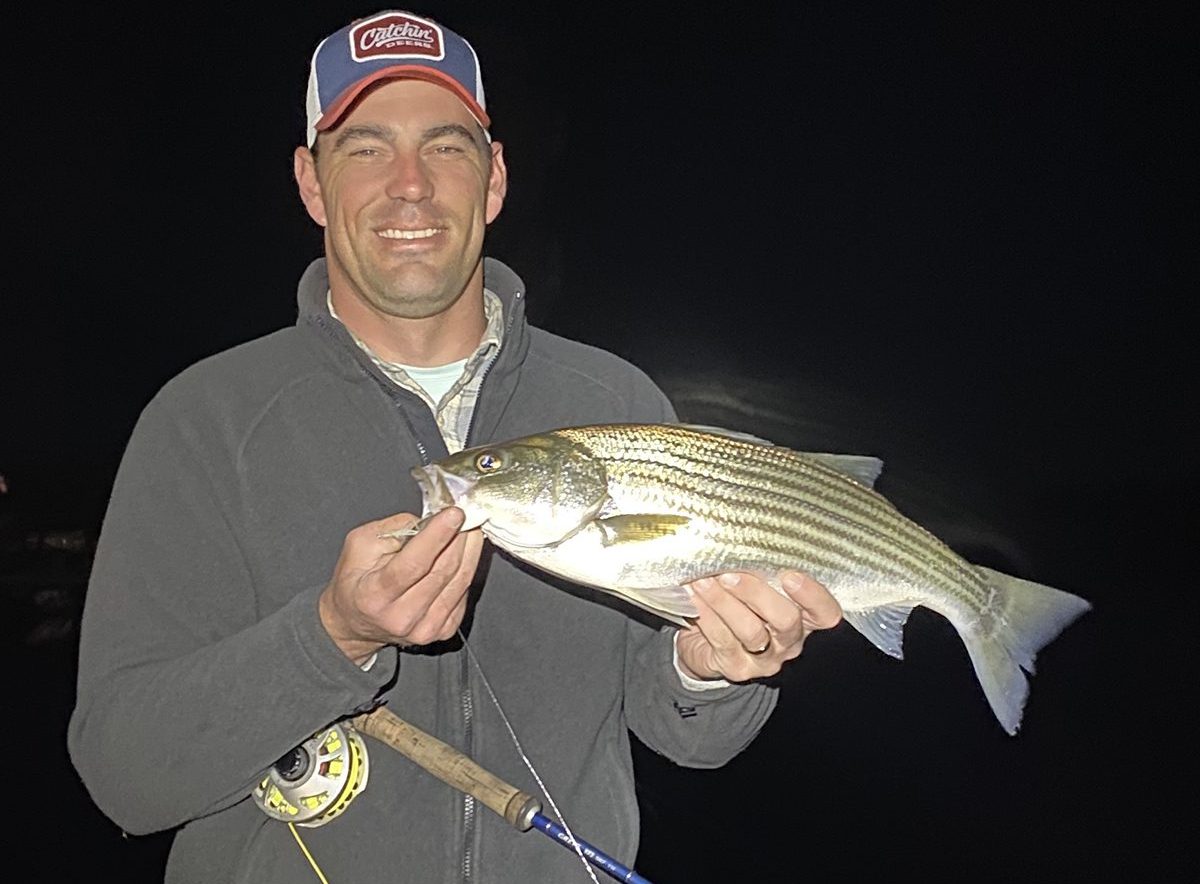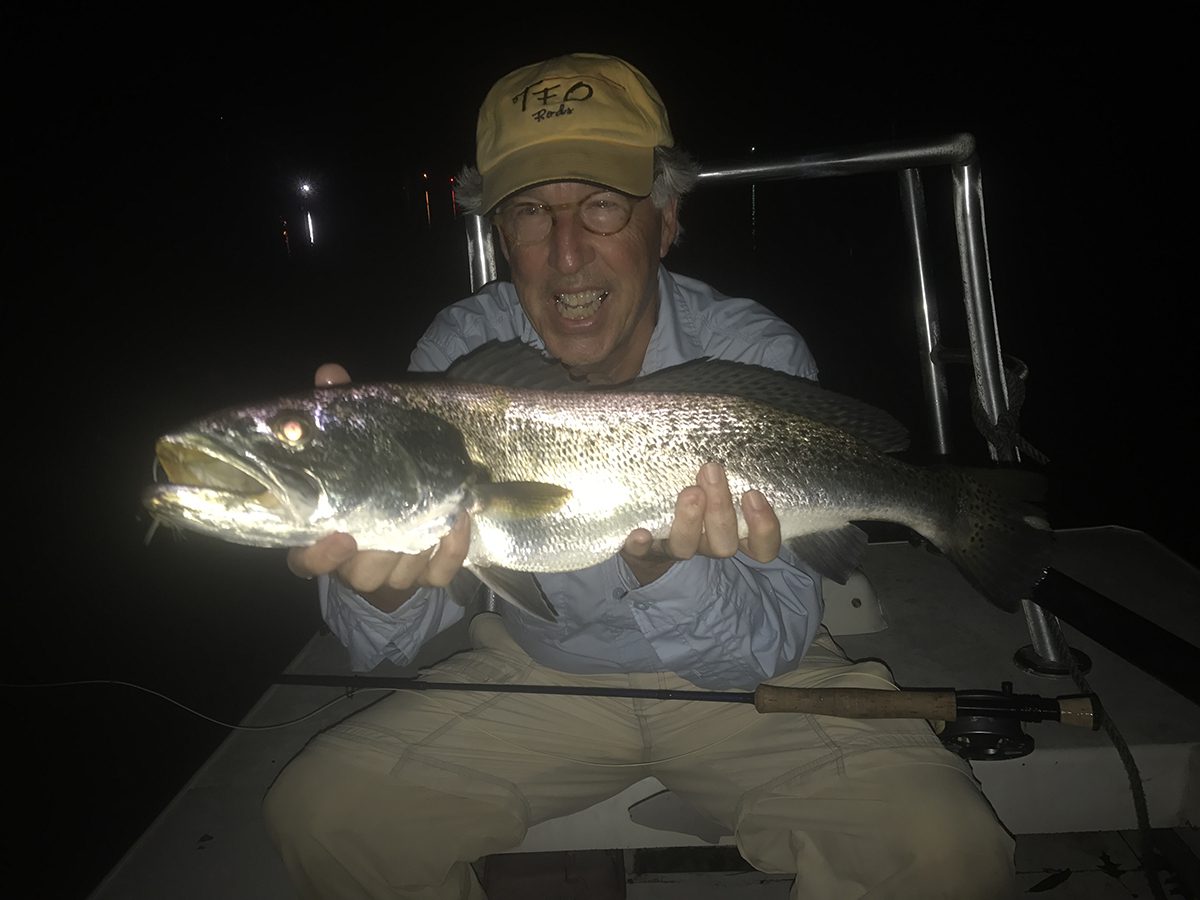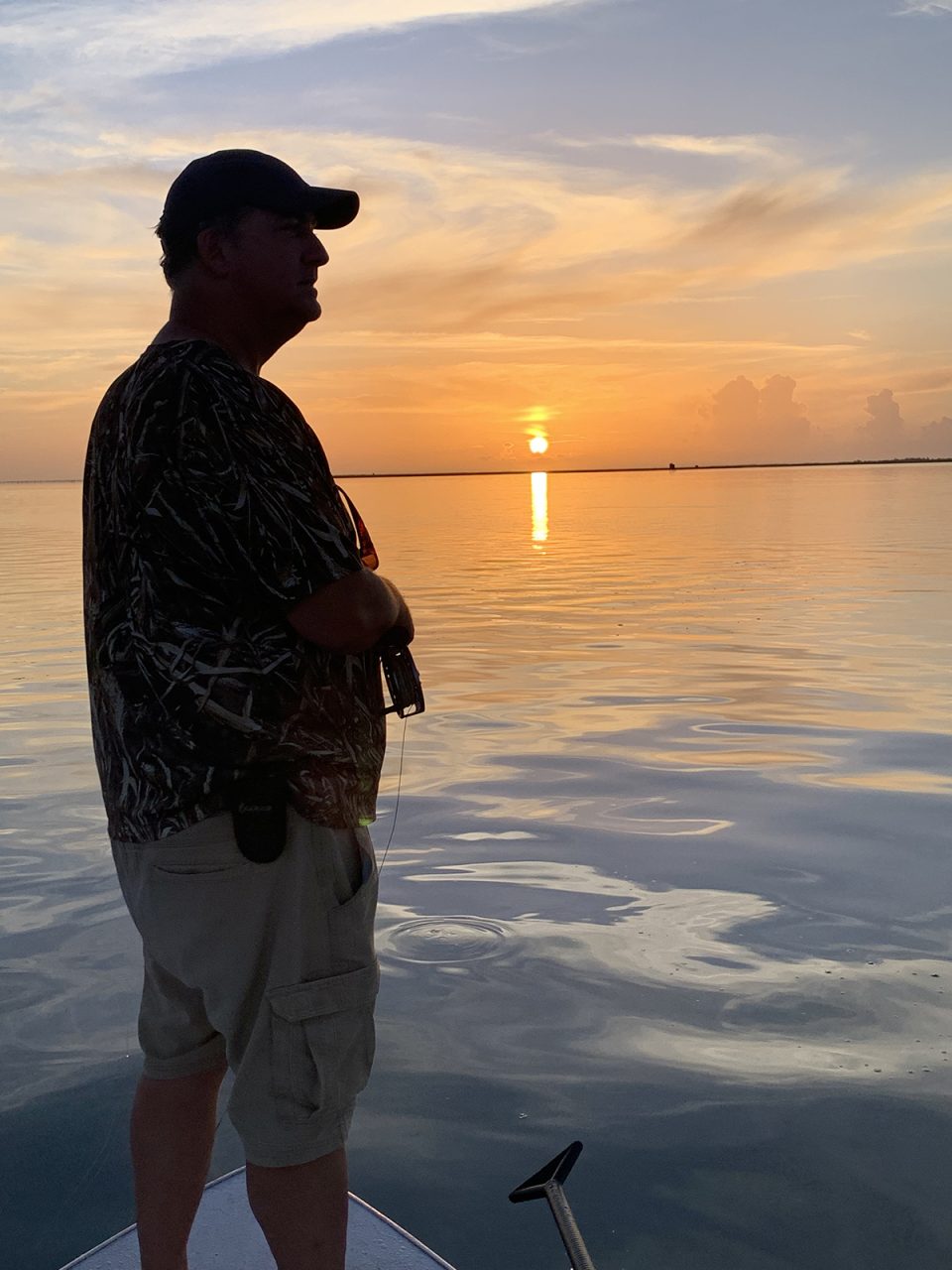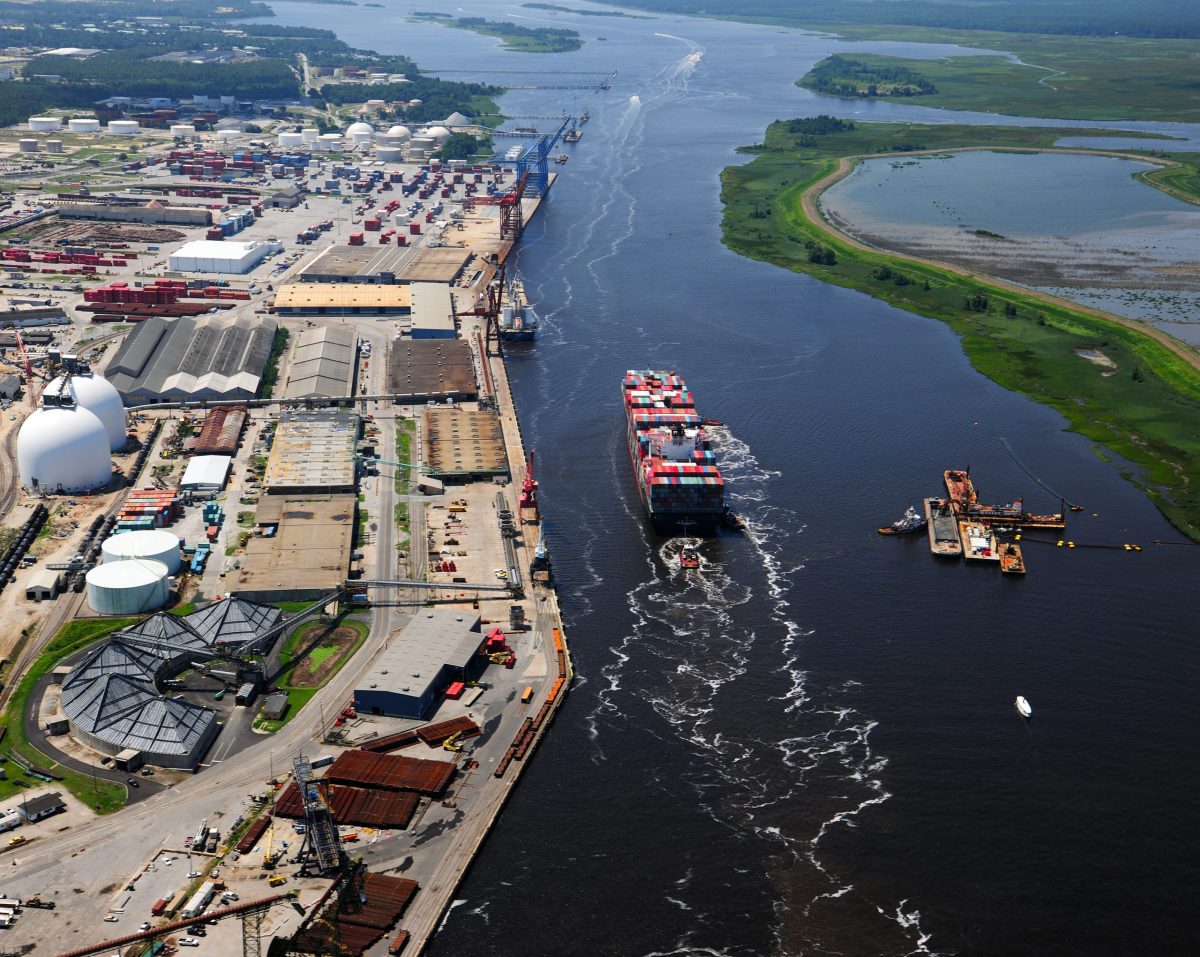
Mid-summer, North Carolina coast, 95 degrees Fahrenheit at 11 a.m. Southwest wind blowing doesn’t cool things off. Instead, it’s so humid it just feels like a furnace blowing on you.
You’re out there fishing. Nothing is happening. Even the fish are too hot. You just got out and you feel like you want to keep fishing, you figure something will happen … eventually. Maybe just wait for the tide to turn. In the meantime, we’ll just slather on more sunscreen.
Supporter Spotlight
Let me tell you something, that’s all wrong. There are better ways to do these things that are not only more comfortable but also more productive.
First things first, unless you are 30 miles offshore, by 11 a.m., you should be heading back to the dock. In summer, you should be launching your boat in the predawn hours and heading to your first spot just as the sun is peeking over the horizon. Usually that’s about 5 a.m. or so in the middle of summer.
It means you will be fishing in low-light levels and also during the coolest part of the day. This is when the fish you are seeking will be most likely to be patrolling their feeding zones anyways. Our inshore surface temps can approach levels of 80 degrees or above in summer, especially after the sun has been blasting down for a couple hours.
That same sun blast is also tough on their eyes. Predatory fish see better at lower light levels than their targets. This means they feel confident in approaching prey species without being seen. By fishing at these times, we are focusing on the periods when they feel most confident.
You should also try fishing at night. A good rule of thumb is that when it’s too hot to fish during the day, you should go at night.
Supporter Spotlight

If you like to surf fish, nighttime is when big species come to the surf during summer. Cast your favorite surf plug in black, into your favorite spot the middle of a summer night. There’s no telling what you might find.
Fishing around lighted piers and docks is a great way to spend a summer evening. Red drum, speckled trout, ladyfish, jacks, maybe even a tarpon might swim by. Check out the Pfizer pier in the Cape Fear River near Southport. At night it can be loaded with all kinds of active fish. You can catch them on small jigs and plastic shrimp imitations. Ladyfish in particular are known to frequent lights at night. The leaping battler are a delight and those over 20 inches long put up a battle on light tackle that will remind you of their bigger tarpon cousins.
Another good option is to fish just before dark, especially on a day where there’s been rain. I have found that shallows that heat up during the day often will be be devoid of fish in the early evening. However, if it has been raining and cloudy all day, those same places will often have feeding fish move in during the late parts of the day. This is a great time to fish shallow flats for red drum and trout.
Cast a topwater plug around points and drop offs. As it gets later, you may often see fish in places that had none an hour before.
At some point, you will be out there under the sun. You need to be sure to take care of yourself. We all know about sunscreen by now. Make sure you have it on any exposed areas. You definitely want to limit the amount you get on your hands, fish can smell the stuff and don’t like it.

I also wear long-sleeved fishing shirts. These are made out of lightweight material that protects you from the sun while not allowing you to be overheated. The high-end versions of these will have collars that will fold up to cover your neck, sleeves that can be rolled and buttoned up if you need to, big front pockets that either zip or have full closures made of Velcro and even small loops to hold your rod when you need your hands free.
Choose a quality pair of sunglasses to protect your eyes. The less expensive ones you find on the counter at the drugstore may seem okay now, but in the long run they will cause eyestrain and if they are not smooth, they have blurry sections that might hurt your eyes. I prefer to spend the money and get quality sunglasses from the top-end manufacturers. Take care of them and they will last a long time. Make sure you have a way to keep them from falling off your face by using one of the commercially available sunglass leashes or even a piece of 20-pound test monofilament fishing line.
A long-billed fishing cap is a must. It will serve a double purpose. By blocking the sun from your eyes, it allows you to see in the water better to possibly sight fish. Also, it keeps the sun off. If you are follicly challenged, you don’t want a sunburn on your head. This is a good reason not use a visor, you’ll get a tan line that is “interesting.”
One of the main places that old fishing guides get sun-related sarcomas is on the back of their hands. There are special fingerless gloves made specifically for fishing in hot weather.
Finally, the main spots I like to cover with sunscreen, those that often get neglected, are my cheeks below the sunglass lenses and my ears. Getting a sunburn on the ears is unpleasant at best. When they start to peel afterwards, you end up with little flakes in your breakfast. Not ideal.
Fish at night. Get an early start to the day. Protect your skin. Importantly, bring plenty to drink. Pay attention to these details and fishing in the summer can be productive.
And when you can’t beat the heat, sometimes the best option is to just find a nice spot to get out and go for a swim.








